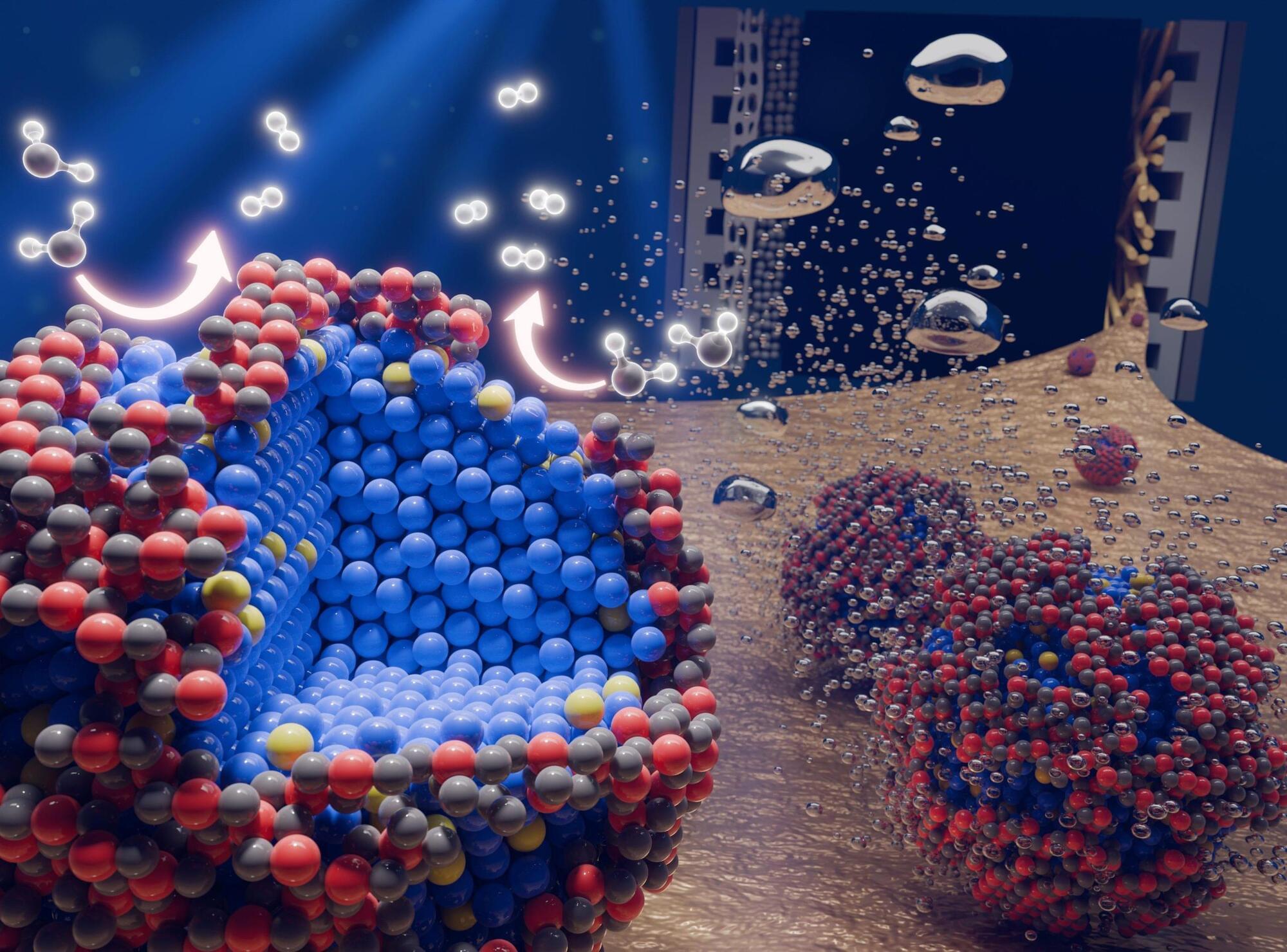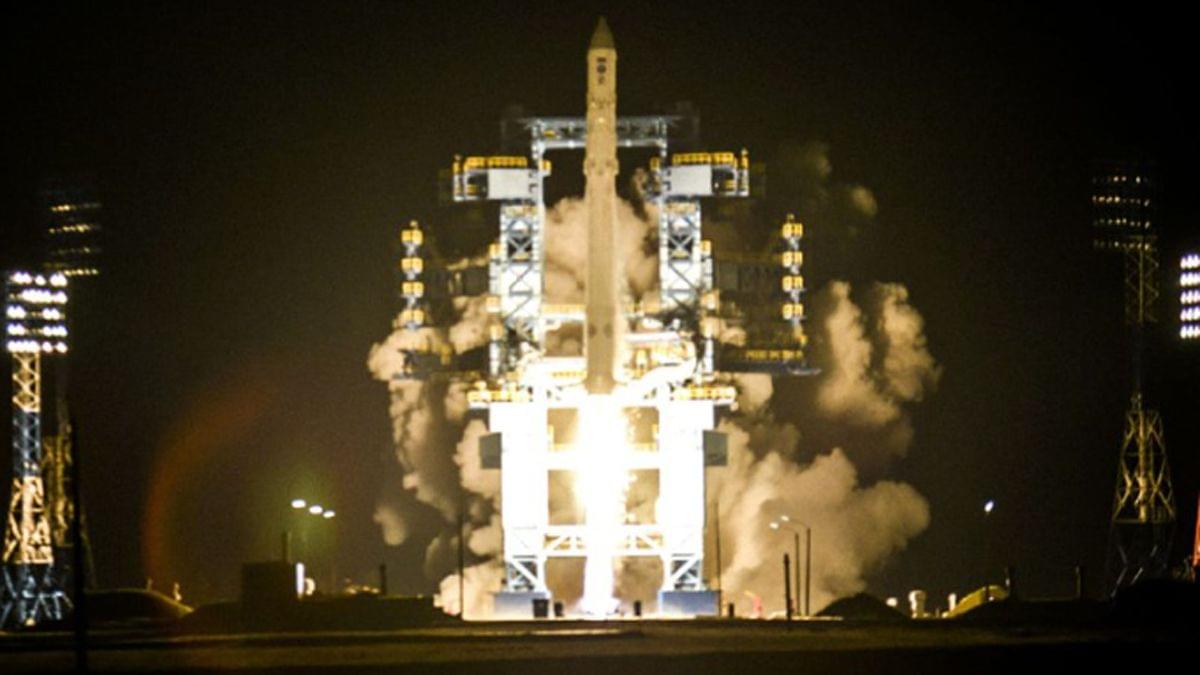In our day-to-day lives, we’re constantly making a slew of decisions, from immediate matters to prospects on the far horizon. But the evolutionary nuts-and-bolts of how our brains weigh these numerous daily decisions and what role is played by the neurotransmitter serotonin has been shrouded in mystery.
Now, a new study led by an interdisciplinary University of Faculty of Medicine team delivers fascinating findings that potentially unravel a hidden aspect of what our nervous system’s extraordinarily complex serotonin system is really doing inside our skulls.
Published in the journal Nature, this study from a highly impactful international collaboration offers “broad implications across neuroscience, psychology, and psychiatry, enhancing our understanding of serotonin’s role in mood regulation, learning, and motivated behavior.”








